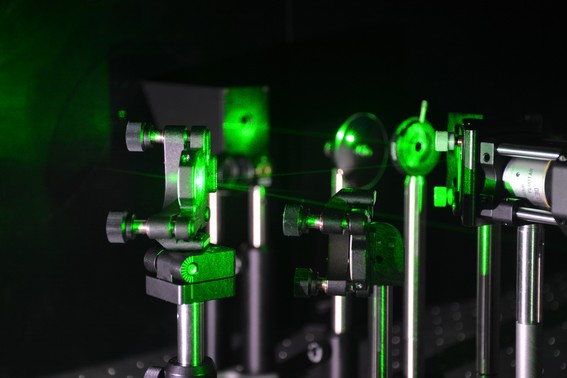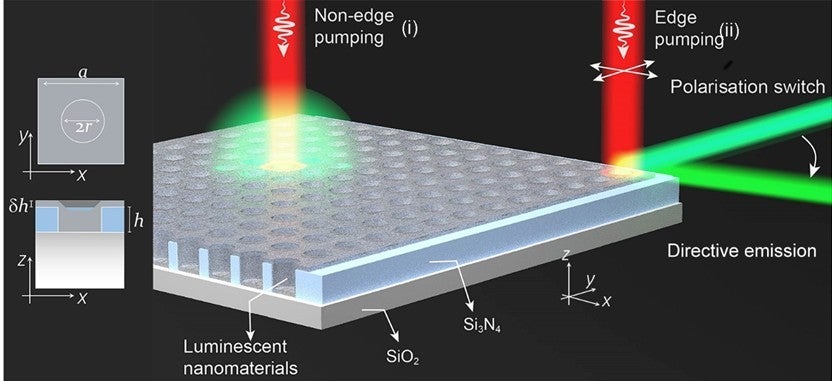
A research team led by Professor LIU Xiaogang from the Department of Chemistry, NUS and his collaborator, Dr Gianluigi ZITO from the National Research Council of Italy have unveiled a novel concept termed “supercritical coupling” that enables a several-fold increase in photon upconversion efficiency. This discovery not only challenges existing paradigms, but also opens a new direction in the control of light emission.
Photon upconversion, the process of converting low-energy photons into higher-energy ones, is a crucial technique with broad applications, ranging from super-resolution imaging to advanced photonic devices. Despite considerable progress, the quest for efficient photon upconversion has faced challenges due to inherent limitations in the irradiance of lanthanide-doped nanoparticles and the critical coupling conditions of optical resonances. The concept of “supercritical coupling” plays a pivotal role in addressing these challenges. Their findings have been published in the journal Nature.
Prof Liu said, “This breakthrough is not only a fundamental discovery, but represents a paradigm shift in the field of nanophotonics, altering our understanding of light manipulation at the nanoscale. The implications of supercritical coupling extend beyond photon upconversion and offer potential advances in quantum photonics and various systems based on coupled resonators.”
“As the research community grapples with the implications of this work, the door stands open to a future where light, one of the most fundamental elements of our universe, can be controlled with unparalleled precision and efficiency,” added Prof Liu.
Read the full article here.

Figure illustrates the principle of “supercritical coupling” and directive upconversion emission through supercritical edge BIC coupling. It shows the layout of the photonic-crystal nanoslab with unit cell geometry and demonstrates collimated upconversion achieved through supercritical coupling tuned at the edge. [Credit: Nature].
